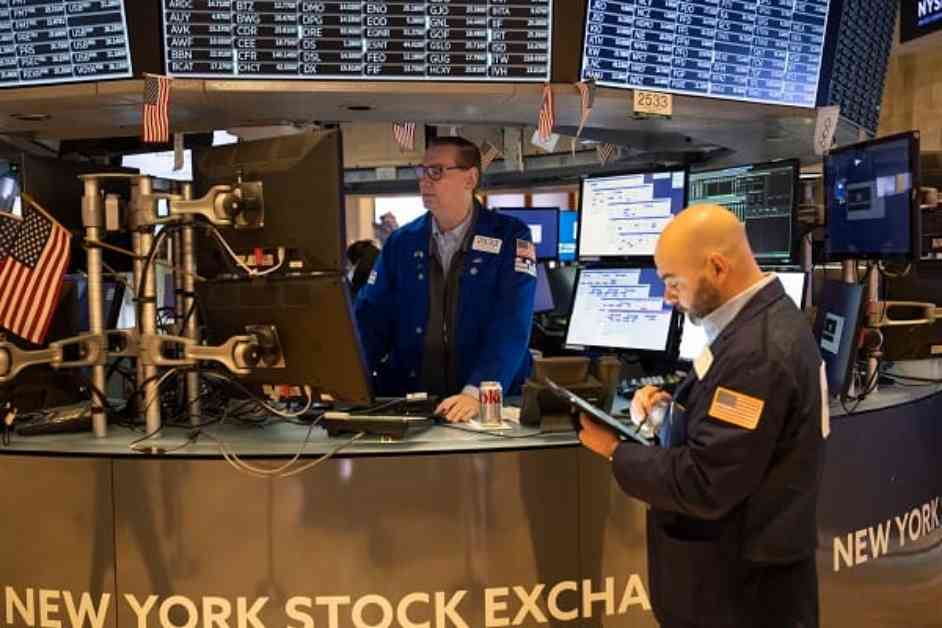Democratic Presidents Boost US Dollar Gains by Over 5% Annually – London Business News
In a recent analysis conducted by experts, it has been revealed that the US dollar has shown significant gains when Democratic Presidents are in office compared to Republican Presidents. This study, spanning 40 years of data, sheds light on the correlation between the performance of the US dollar and the political party of the President in power.
The research, conducted by Imperial College Business School, shows that the value of the US dollar against foreign currencies increased by over 4% annually during Democratic Presidencies, while it depreciated by 1.25% annually during Republican Presidencies. This marked difference of more than 5% in returns highlights the impact of political leadership on currency valuation.
According to Dr. Pasquale Della Corte, Professor of Finance at Imperial College Business School, and Hsuan Fu, an Associate Professor in the Department of Finance, Insurance and Real Estate at Université Laval, the key factor driving this divergence in the value of the US dollar is the approach to international trade taken by the respective parties.
The Role of Trade Policies
The researchers point out that Democratic Presidents tend to favor policies that promote international trade, leading to an increase in demand for the US dollar to pay for goods and services. On the other hand, Republican Presidents often adopt protectionist trade policies, which can result in a decline in dollar demand in other countries.
Professor Della Corte explains that when the US imposes restrictions on imported goods, foreign markets retaliate by imposing their own restrictions on trade with the US. This retaliation can lead to a decrease in the value of the dollar. Therefore, it is the differing trade policies of Democratic and Republican administrations that significantly impact the exchange rate of the US dollar.
Looking Ahead
As the researchers look ahead to the upcoming 2024 Presidential Election, they emphasize that it is the policies implemented by the President, rather than their party affiliation, that influence the exchange rate. While there has been a historical trend of the US dollar performing better under Democratic Presidents, this pattern could be broken if a Republican President implements favorable international trade agreements.
Over the 40-year period analyzed, from October 1983 to January 2024, there was a notable difference in average annual exchange rate returns between Democratic and Republican Presidents. This statistically significant divide underscores the impact of political decisions on currency valuation.
Professor Della Corte suggests that a Republican President who supports international trade agreements could see a rise in US dollar values, while a Democratic President who takes a less favorable stance on trade could experience a depreciation. This highlights the importance of policy decisions in shaping the value of the US dollar in the global market.
In conclusion, the research conducted by Imperial College Business School provides valuable insights into the relationship between Presidential policies and the performance of the US dollar. The findings demonstrate the significant impact of trade policies on currency valuation and emphasize the need for a nuanced understanding of how political decisions can influence financial markets.












